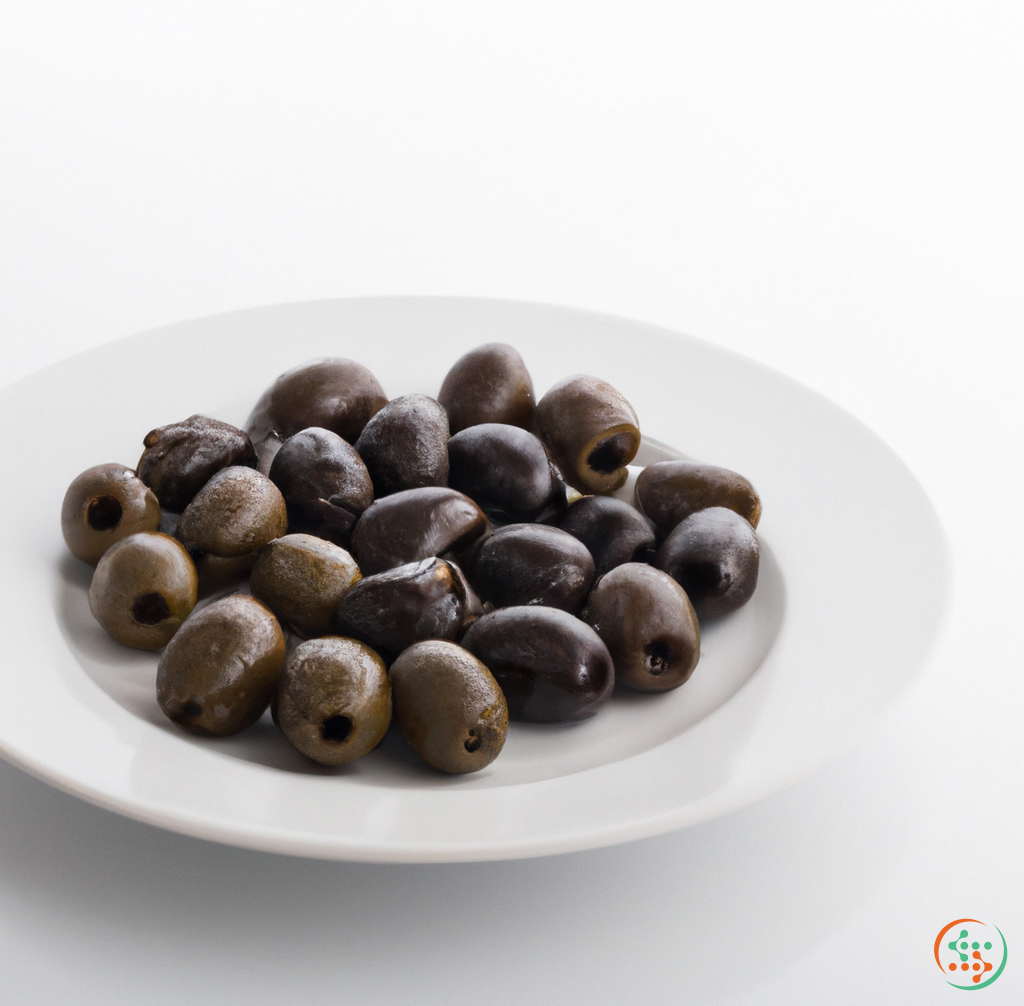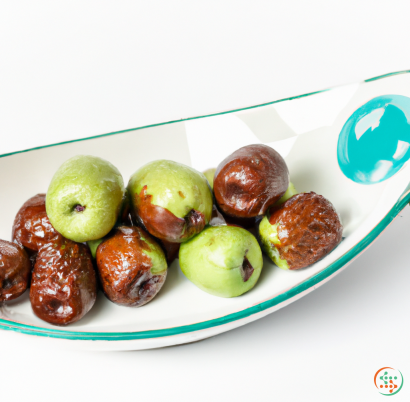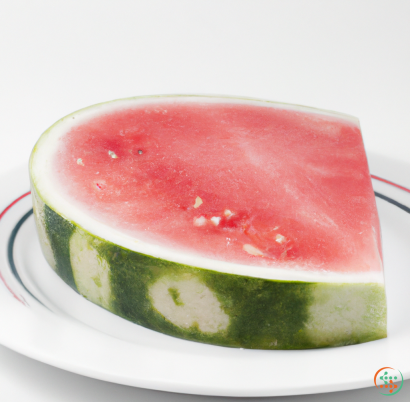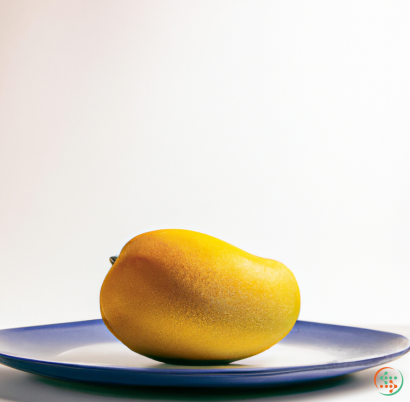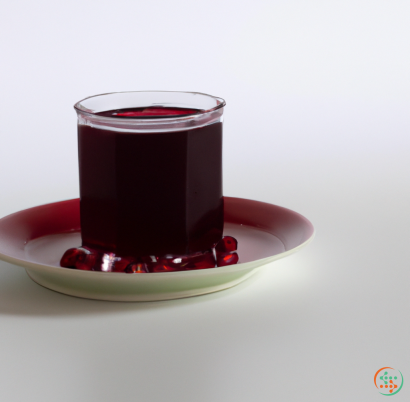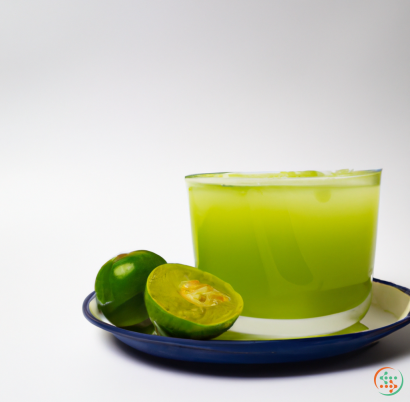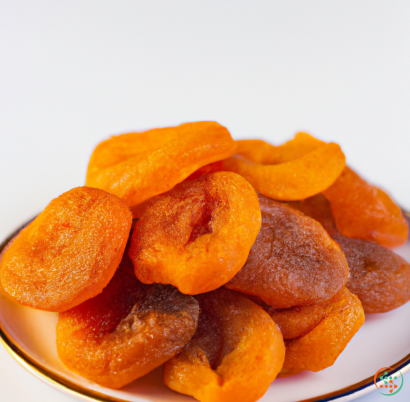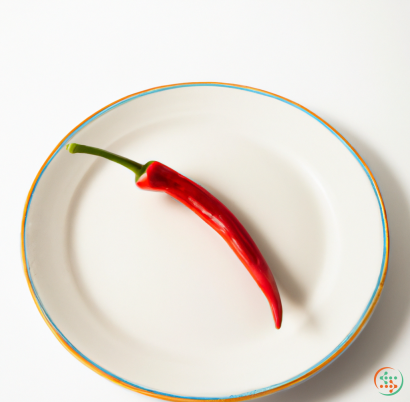Ripe Olives
What are Ripe Olives?
Ripe olives are small, oval-shaped fruits that come from the olive tree. They can be eaten fresh, canned or pickled and are a major ingredient in Mediterranean cuisines. Unlike other fruits, they aren’t sweet but are slightly bitter. They contain high levels of monounsaturated fats, which can help reduce the risk of heart disease and some forms of cancer.
Ripe olives come in a variety of shapes, sizes and colors, all of which are determined by the variety and region where it was grown. Most olives are hand-picked and left to dry before eating. This helps them retain much of their flavor, texture, and nutritional value.
The History of Ripe Olives
The history of ripe olives isn’t well-documented, but they’re believed to have been one of the first domesticated fruits grown by ancient civilizations. There’s evidence that olives were cultivated as early as 5000 BCE—they were eaten in Ancient Greece and Rome, and archaeological evidence shows that modern cultivation practices were used in parts of the Middle East as long ago as 15,000 BCE.
Today, ripe olives are grown primarily in the Mediterranean region, but some varieties are grown in the United States, Latin America and parts of Asia. Olive trees can live and produce olives for centuries, making them a sustainable food source that can withstand temperature extremes, poor soil and drought.
The Health Benefits of Ripe Olives
Ripe olives are a healthy addition to any diet. They’re an excellent source of monounsaturated fats, which have been linked with reduced risk of heart disease and some types of cancer. Olives are also high in oleic acid and contain a variety of antioxidants that can help protect cells from damage caused by unhealthy lifestyles.
The combination of monounsaturated fats and antioxidants make ripe olives an ideal choice for people who are looking to improve their overall health. The high level of unsaturated fats can help support healthy cholesterol levels and prevent high blood pressure, while the rich source of antioxidants can help slow down the aging process.
In addition to the health benefits, olives are also incredibly flavorful and can be used in a wide range of dishes. Olives are also an essential ingredient in many Mediterranean dishes, including tapenades, sauces, salads, and pizza toppings.
Cooking with Ripe Olives
When cooking with ripe olives, it’s important to remember that their quality varies greatly—some olives can be very bitter, while others can be quite mild. If you’re using olives in a recipe, take a bite first. If the flavor is too strong, you can always soak them in water or salt solution (1 cup of salt per 1 gallon of water) for 15 to 20 minutes to mellow the flavor.
In addition to using them as a side dish or topping, you can also use ripe olives to infuse oils and vinegar. Simply combine roughly chopped olives and extra-virgin olive oil in a glass jar and let it sit for 24 hours. This will infuse the oil with a subtle, yet flavorful taste that can be used to enhance the flavor of salads, dressings, and marinades.
And, of course, olives are essential for making the classic Mediterranean dish—tapenade. Tapenade is a spread made from finely chopped olives, capers, anchovies, and garlic, blended together with olive oil and often flavored with lemon juice, parsley, and other herbs and spices.
Conclusion
Ripe olives are an incredibly versatile ingredient that can be used in a variety of recipes. They’re loaded with health benefits, and the mild, earthy flavor makes them a great addition to any meal. So, if you’re looking for a healthy way to add flavor to your meal, give ripe olives a try and experience their amazing taste and nutritional benefits.
Ripe Olives: From Tree to Dinner Plate
In the Mediterranean and around the world, olives are beloved for their flavor and versatility in cooking. But how does that first olive – from an olive tree in a Mediterranean orchard, for example – make it to your dinner plate?
As it turns out, cultivating ripe olives is a complex process that requires ample time, attention, and the help of a few special varieties of olive trees. From harvesting to milling, curing, and storing the olives, there are many steps involved in getting olives from the orchard to your plate. In this article, we’ll explore each step of the process in detail, so you can understand the complex journey a ripe olive has to take before reaching your dinner plate.
Harvesting Olives
Before ripe olives can make their way to the dinner plate, they have to be harvested. This is an important step because it’s the point at which farmers determine what olives will be used for, whether that’s producing extra-virgin olive oil, or simply a table variety of olives.
Most olives are harvested by hand in the Mediterranean, but in some cases, mechanical harvesting techniques can be used. When it comes to harvesting ripe olives for table purposes, farmers must be careful and precise, as the harvest period for this specific purpose lasts only about two weeks. During this time, the olives must be picked when they are mature – not too early, not too late. To determine if an olive is ripe, farmers must observe its color and size. Depending on the variety of olive, the fruit of a fully grown olive is either black, dark purple, or dark red.
Once olives are harvested, they must be transported carefully to the milling facility. Because olives start to degrade shortly after being picked, timing is important here, too. The olives should be moved to the mill as soon as possible.
Milling and Sorting Olives
When olives reach the milling facility, they must go through a series of processes. First, they must be sorted and cleaned. The sorting process can involve hand-picking, but it’s a tedious job that’s often done with the help of a machine. The sorting machines are able to identify and separate olives based on size and color.
Once the olives are sorted, they must be milled. This process removes the olive’s tough outer skin and pith, and turns the olives into a paste – what’s referred to as “olive pomace.” This process not only softens the olives and removes bitter tastes, it also helps to make the olives more aesthetically pleasing.
Curing and Packing Olives
Now that the olives have been milled, it’s time for the curing process. This is a critical step in producing ripe olives for dinner tables all around the world. The curing process helps to soften the olives further, but it also removes any remaining bitterness.
To start the curing process, the olives must be placed in a brine solution, typically composed of water, salt, and other ingredients depending on the desired flavor of the olives. Different types of salt or herbs can be added to the mix, as well as wine vinegar to make the olives even softer. The olives must be left in the brine solution for up to three months, depending on the desired results.
At the end of the three-month process, the olives are washed and then sorted one more time. They are then packed into containers and shipped to customers around the world.
Storing Olives
Once the olives are properly packed, they must be stored correctly in order to maintain their flavor, texture, and shelf life. To do this, olives must be stored in a cool, dark, and dry place. Generally speaking, olives can last up to 12 months when they are stored in a cool, dry place.
However, because olives are a natural product, they must be consumed within a certain amount of time. For this reason, it’s important for olives to be quickly purchased and stored correctly. It’s also important to always check the sell-by date on olive packaging before eating them.
Eating Olives
Now that we’ve explored the journey olives take from the tree to your dinner plate, let’s talk about how to enjoy them! Ripe olives are usually used as a table variety, often as a snack or accompaniment to other dishes. They can be consumed plain, or accompanied by other ingredients, such as Italian herbs, garlic, and other seasonings. Ripe olives are also an essential ingredient in many dishes, such as pizza, salads, and sauces.
Additionally, if you’re looking for a slightly different flavor or texture, you can try different types of olives. Spanish Manzanilla olives, for example, are well-known for their mild flavor and their crunchy texture. Similarly, Kalamata olives are known for their richer, tangier taste and wrinkled texture.
Conclusion
Ultimately, when it comes to eating a ripe olive, the possibilities are truly endless! After traveling from the orchard to your plate, they’re bound to be delicious no matter how you serve them. Enjoy your own ripe olives, and appreciate the hard work that went into bringing them to your table.
| Vitamin A | 0.017 mg | |
| Beta-Carotene | 0.204 mg | |
| Vitamin E | 0.00165 grams | |
| Vitamin K | 0.0014 mg | |
| Vitamin C | 0.0015 grams | |
| Vitamin B3 | 0.02 mg | |
| Vitamin B4 | 0.0066 grams | |
| Vitamin B5 | 0.02 mg | |
| Vitamin B6 | 0.01 mg |
| Calcium | 0.094 grams |
Daily Value 1.3 g
|
| Iron | 0.00332 grams |
Daily Value 0.018 g
|
| Magnesium | 0.004 grams |
Daily Value 0.4 g
|
| Phosphorus | 0.003 grams |
Daily Value 1.25 g
|
| Potassium | 0.009 grams |
Daily Value 4.7 g
|
| Sodium | 0.735 grams |
Daily Value 2.3 g
|
| Zinc | 0.22 mg |
Daily Value 0.011 g
|
| Copper | 0.23 mg |
Daily Value 0.9 mg
|
| Manganese | 0.02 mg |
Daily Value 0.0023 g
|
| Selenium | 0.9 ug |
Daily Value 0.055 mg
|
| Threonine | 0.031 grams | |
| Isoleucine | 0.036 grams | |
| Leucine | 0.058 grams | |
| Lysine | 0.038 grams | |
| Methionine | 0.014 grams | |
| Phenylalanine | 0.034 grams | |
| Tyrosine | 0.027 grams | |
| Valine | 0.044 grams | |
| Arginine | 0.078 grams | |
| Histidine | 0.027 grams | |
| Alanine | 0.05 grams | |
| Aspartic Acid | 0.107 grams | |
| Glutamic Acid | 0.108 grams | |
| Glycine | 0.057 grams | |
| Proline | 0.047 grams | |
| Serine | 0.036 grams |
| Total Sugars | 0.131141 grams |
per 100g
|
| Palmitic acid (16:0) | 0.76 grams |
|
| Stearic acid (18:0) | 0.15 grams |
|
| Total Saturated fatty acids: | 0.91 g | |
| Oleic acid (18:1) | 5. grams |
|
| Palmitoleic acid (16:1) | 0.06 grams |
|
| Gadoleic acid (20:1) | 0.02 grams |
|
| Total Monounsaturated fatty acids: | 5.08 g | |
| Linolenic acid (18:3) | 0.04 grams |
|
| Linoleic acid (18:2) | 0.54 grams |
|
| Total Polyunsaturated fatty acids: | 0.58 g | |
